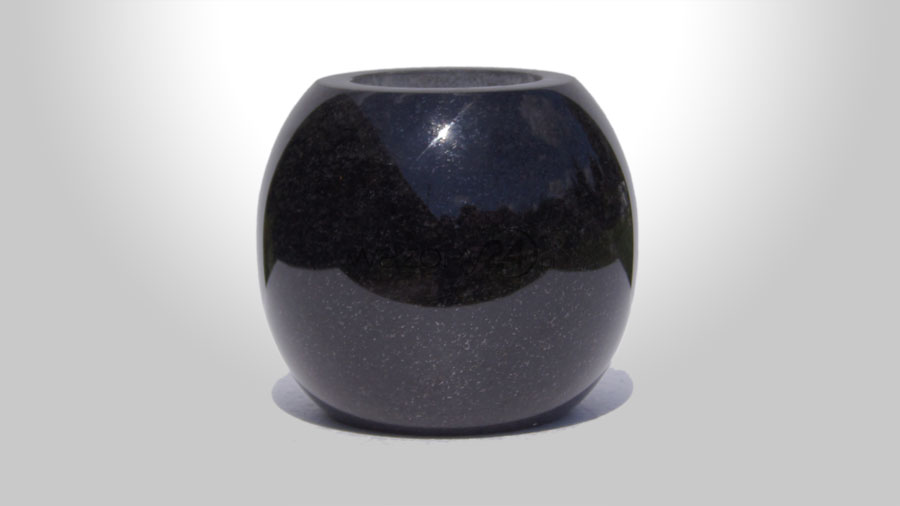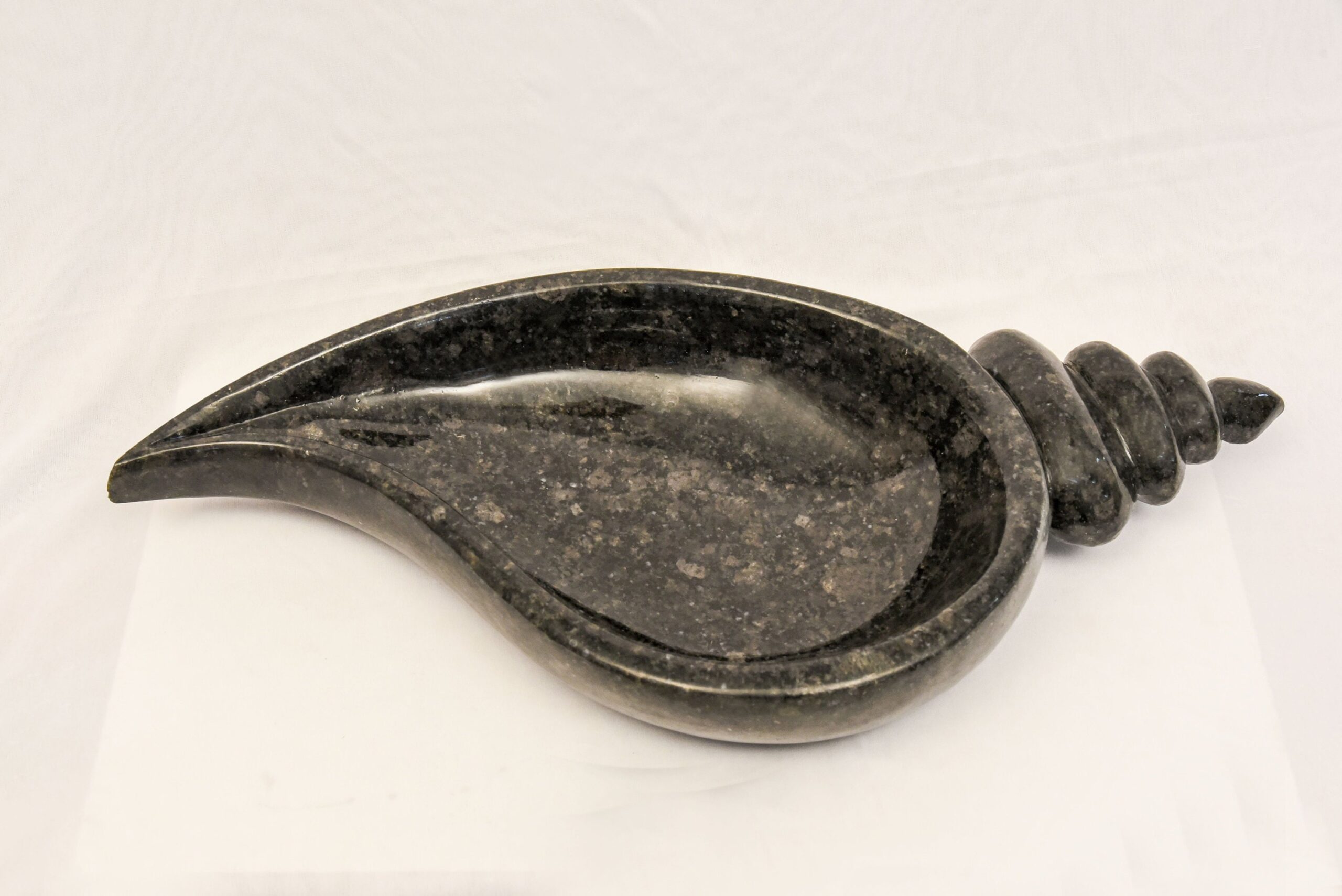Granite bowls have become increasingly popular in recent years due to their durability, versatility, and timeless appeal. Whether you're looking for a functional kitchen tool or a decorative piece for your home, granite bowls offer a perfect blend of form and function. Their natural beauty and resistance to scratches make them an ideal choice for various purposes, from cooking to serving. In this article, we will explore everything you need to know about granite bowls, including their benefits, maintenance tips, and buying guides.
As more people turn to sustainable and eco-friendly kitchenware, granite bowls stand out as a natural and long-lasting option. Unlike plastic or other synthetic materials, granite is a natural stone that can withstand high temperatures and heavy use. This makes it a practical choice for both home cooks and professional chefs alike. Whether you're mixing dough, serving salads, or simply storing ingredients, a granite bowl can handle it all with ease.
Before diving into the details, it's important to understand why granite bowls are considered a valuable addition to any kitchen. Their aesthetic appeal, combined with their functional benefits, makes them a versatile choice for various culinary needs. From their origins to modern-day applications, we will cover all aspects of granite bowls to help you make an informed decision.
Read also:Fort Campbell Stray Animal Facility A Comprehensive Guide
Table of Contents
- What is a Granite Bowl?
- Benefits of Using Granite Bowls
- Types of Granite Bowls
- Choosing the Right Granite Bowl
- Maintenance and Care
- Granite Bowls vs. Other Materials
- Popular Uses of Granite Bowls
- Sustainability and Eco-Friendliness
- Cost and Value
- Frequently Asked Questions
What is a Granite Bowl?
A granite bowl is a kitchen utensil made from natural granite stone, a hard and durable material that is widely used in construction and decorative items. Granite is an igneous rock composed primarily of quartz, feldspar, and mica, giving it its unique speckled appearance. These bowls are crafted to withstand heavy use and are known for their resistance to scratches, chips, and heat.
Granite bowls have been used for centuries in various cultures, particularly in Asia, where they were traditionally used for grinding spices and grains. Today, they are available in a wide range of sizes and designs, making them suitable for both practical and decorative purposes. Their natural beauty and durability make them a popular choice for modern kitchens.
History of Granite Bowls
The use of granite bowls dates back thousands of years, with evidence of their use in ancient civilizations. Archaeologists have discovered granite bowls in regions such as India, China, and Egypt, where they were used for food preparation and storage. Over time, the craftsmanship of these bowls has evolved, leading to the modern designs we see today.
Benefits of Using Granite Bowls
There are numerous advantages to using granite bowls in your kitchen. Below are some of the key benefits:
- Durability: Granite is one of the hardest natural stones, making it highly resistant to scratches, chips, and cracks.
- Heat Resistance: These bowls can withstand high temperatures, making them safe for use with hot food or as a base for baking.
- Eco-Friendly: Unlike plastic or other synthetic materials, granite is a natural and sustainable resource.
- Aesthetic Appeal: The natural patterns and colors of granite make these bowls a stylish addition to any kitchen.
- Versatility: Granite bowls can be used for a variety of purposes, from mixing ingredients to serving food.
These benefits make granite bowls a practical and attractive choice for anyone looking to upgrade their kitchenware.
Types of Granite Bowls
Granite bowls come in various shapes, sizes, and designs to suit different needs. Below are some of the most common types:
Read also:Sycamore Springs Facebook Exploring The Ultimate Social Media Experience
1. Mixing Bowls
Designed for kitchen use, mixing bowls are typically large and deep, making them ideal for preparing dough, batter, and other ingredients. They often feature a non-slip base to prevent movement during use.
2. Serving Bowls
Serving bowls are crafted with aesthetics in mind, often featuring polished surfaces and elegant designs. They are perfect for presenting salads, fruits, or desserts at the dining table.
3. Mortar and Pestle Bowls
These bowls are specifically designed for grinding spices and herbs. Their rough interior surface helps to crush ingredients more effectively, releasing their natural flavors.
Choosing the Right Granite Bowl
When selecting a granite bowl, there are several factors to consider:
- Size: Choose a bowl that fits your needs, whether you need a large mixing bowl or a small serving bowl.
- Material Quality: Look for bowls made from high-quality granite to ensure durability and longevity.
- Finish: Decide whether you prefer a polished or matte finish based on your personal taste and intended use.
- Purpose: Consider the primary function of the bowl, such as mixing, serving, or grinding, to select the most appropriate design.
By carefully evaluating these factors, you can find the perfect granite bowl for your kitchen.
Maintenance and Care
To ensure your granite bowl remains in excellent condition, proper maintenance is essential. Follow these tips:
- Hand Washing: Avoid using dishwashers, as the high heat and pressure can damage the bowl. Instead, wash it gently with warm water and mild soap.
- Non-Scratch Cleaning Tools: Use soft sponges or cloths to clean the surface, avoiding abrasive materials that could scratch the finish.
- Regular Inspection: Check the bowl periodically for any signs of wear or damage, and address issues promptly.
With proper care, your granite bowl can last for many years, maintaining its beauty and functionality.
Granite Bowls vs. Other Materials
When comparing granite bowls to other materials, such as glass, stainless steel, or plastic, granite stands out for several reasons:
1. Durability
Granite is significantly more durable than glass or plastic, making it less prone to breakage or cracking.
2. Heat Resistance
Unlike stainless steel, which can transfer heat quickly, granite retains heat more effectively, making it suitable for use with hot foods.
3. Eco-Friendliness
Granite is a natural and renewable resource, unlike plastic, which contributes to environmental pollution.
These advantages make granite bowls a superior choice for many consumers.
Popular Uses of Granite Bowls
Granite bowls are versatile and can be used for a wide range of purposes:
- Mixing Ingredients: Ideal for preparing dough, batter, and other recipes.
- Serving Food: Perfect for presenting salads, fruits, or side dishes at the table.
- Grinding Spices: Mortar and pestle bowls are excellent for crushing spices and herbs.
- Decorative Pieces: Their natural beauty makes them a stylish addition to any kitchen or dining area.
These uses highlight the practicality and versatility of granite bowls in everyday life.
Sustainability and Eco-Friendliness
Granite bowls are an excellent choice for environmentally conscious consumers. Unlike plastic, which is derived from petroleum and contributes to pollution, granite is a natural and renewable resource. Additionally, their durability means they can last for many years, reducing the need for frequent replacements.
According to the U.S. Environmental Protection Agency (EPA), choosing sustainable materials like granite can help reduce waste and promote a healthier planet. By opting for granite bowls, you are making a positive impact on the environment.
Cost and Value
While granite bowls may be slightly more expensive than other materials, their long-term value makes them a worthwhile investment. On average, a high-quality granite bowl can cost between $20 and $100, depending on the size, design, and craftsmanship.
When considering the cost, it's important to factor in their durability and versatility. A single granite bowl can serve multiple purposes, reducing the need for additional kitchenware. This makes them a cost-effective choice for both home cooks and professional chefs.
Frequently Asked Questions
1. Are Granite Bowls Safe for Food?
Yes, granite bowls are safe for food use. They are non-toxic and do not react with acidic or alkaline substances, making them ideal for storing and preparing food.
2. Can Granite Bowls Chip or Crack?
While granite is highly durable, it can chip or crack if dropped or subjected to extreme force. However, proper care and handling can minimize the risk of damage.
3. How Do I Clean a Granite Bowl?
Granite bowls should be cleaned with warm water and mild soap. Avoid using abrasive cleaners or placing them in the dishwasher, as this can damage the surface.
4. Are Granite Bowls Heavy?
Granite bowls are generally heavier than bowls made from other materials, such as plastic or stainless steel. However, their weight adds to their stability and makes them less likely to tip over during use.
5. Can I Use Granite Bowls for Baking?
Yes, granite bowls can be used for baking. Their heat resistance makes them suitable for holding hot ingredients or serving baked goods.
Conclusion
Granite bowls offer a perfect combination of durability, versatility, and style, making them a valuable addition to any kitchen. From their natural beauty to their eco-friendly properties, these bowls provide numerous benefits that make them a practical and attractive choice. By following the tips outlined in this article, you can select the right granite bowl for your needs and ensure it remains in excellent condition for years to come.
We encourage you to explore the wide range of granite bowls available and discover the perfect one for your kitchen. Don't forget to share your thoughts and experiences in the comments below, and consider exploring other articles on our site for more useful tips and information. Together, let's make informed choices that benefit both our homes and the environment.


